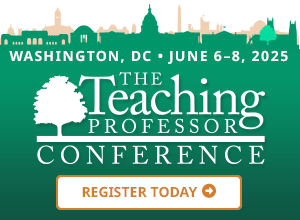Student learning outcomes assessment can be defined in a lot of different ways, but Lisa R. Shibley, PhD., assistant vice president for Institutional Assessment and Planning at Millersville University, has a favorite definition. It’s from Assessment Clear and Simple: A Practical Guide for Institutions, Departments, and General Education by Barbara E. Walvoord and states that student learning outcomes assessment is “the systematic collection of information about student learning, using time, knowledge, expertise, and resources available in order to inform decisions about how to improve learning.”





